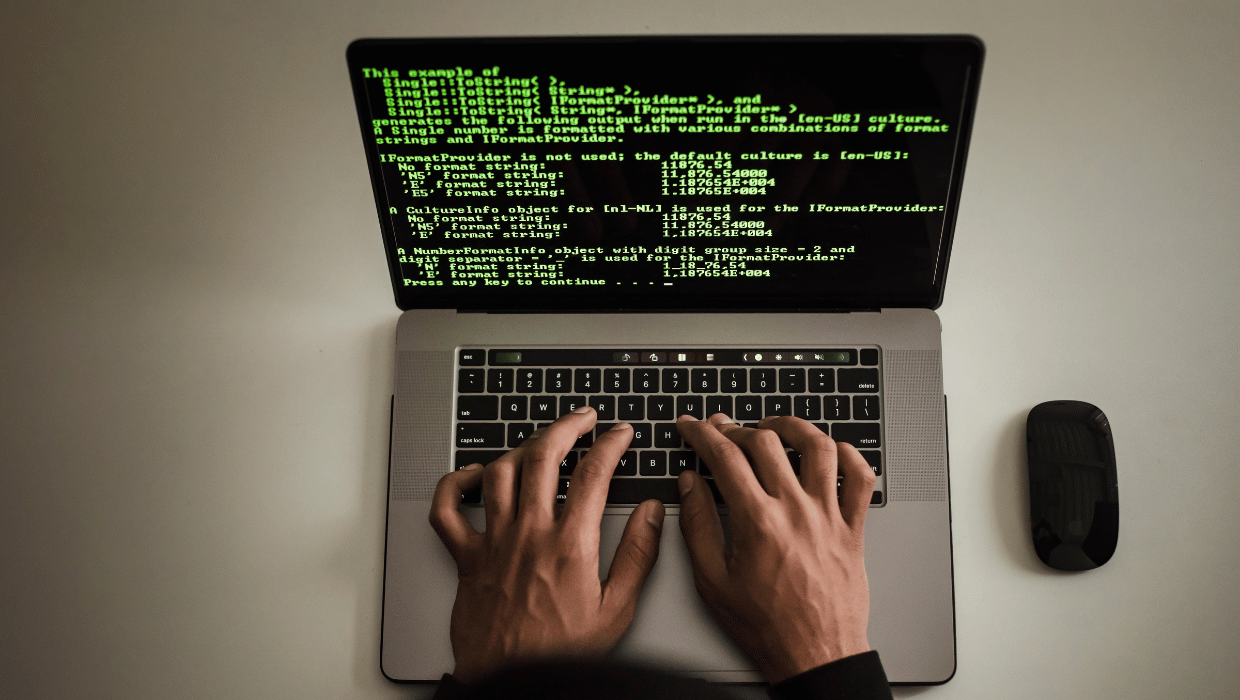Data security
Is blockchain the future of data security? How would it work, and will it fulfill our expectations, or even give us more? Blockchain technology is on a verge of something great so continue reading to learn more.
Trust has always been elusive when it comes to money matters. So, when virtual currencies like Bitcoin became trendy, users found themselves in a quandary as there was no dependable system to validate transactions involving the currency.
There are currently millions of assets both existing and developing on the digital platform. On the internet, you can discover almost anything that a human could imagine, including money, homes, music, data, real estate, social media content, shopping, and exchanges. Organizations must reconsider their organizational structures and operating paradigms to begin or accelerate the shift.
Blockchain technology has the potential to revolutionize how we handle audits, security, immutability, transparency, and trust procedures. With this system being controlled and maintained by all parties concerned, it could create a more secure and trustworthy system overall. Let’s explore blockchain technology further to see all the possibilities it entails.
Blockchain technology, which was first used for Bitcoin, has taken over the world. It can now be found in every industry, from banking to healthcare. Cybersecurity is one field that has been greatly affected by blockchain technology, with more potential uses in the future.
The reason blockchain technology is becoming more popular by the day is that it can be used for any digital asset or transaction, regardless of industry. Moreover, because data breaches are nearly impossible with this system, you can rest assured your information will remain private and secure.
How can blockchain improve data integrity?
Although data science has proved difficult in the past, blockchain technology may help to lower reliance on data and boost security by decentralizing data storage. Data acquisition, privacy concerns, and unclean data are some of the most common problems with research that need to be resolved before it can reach its full potential.
Blockchain has the potential to have a significant beneficial impact on the data science community in one area: dirty data (or inaccurate information) management. Due to its reliance on a decentralized consensus mechanism and cryptography, data alteration is very difficult since it requires an enormous amount of computational power.
Let’s use the example of a supply chain process that involves different companies, like manufacturers, logistics groups, wholesalers, distributors, and retailers. Usually, each party tracks a product’s progress separately as it moves along the supply chain. Oftentimes, every entity has its own database and application in order to follow the product journey.
Data science is a booming industry because of how much data companies like Facebook, Google, Apple, and Amazon accumulate each day. Data scientists are in high demand because they can find trends and solutions by analyzing this data.
Big data is a cutting-edge field of data science that deals with extraordinarily large volumes of data that cannot be handled by traditional data management approaches. Blockchain offers a new way to handle this big data, making it possible to manage huge amounts of information securely and efficiently.
Blockchain technology helps to preserve data integrity in a number of ways. Data generated by blockchain is structured, immutable, and validated – which makes it ideal for use in big data applications. By guaranteeing the integrity of data, blockchain can help firms improve their analytics and decision-making processes.
- Real-time fraud detection is possible with blockchain because the data is decentralized. This means that businesses can identify any irregularities immediately. Furthermore, blockchain allows multiple individuals to view data simultaneously and in real time.
- Data is stored across many nodes, both public and private. These are part of the blockchain’s digital log. The data miners check and approve the data when it is accessed. This can be used to verify data independently.
- Each transaction that occurs in the blockchain’s record is encrypted using complex mathematical algorithms. These transactions are recorded as irreversible, unchangeable digital contracts.
- Blockchain technology allows for data tamper-proofs, verification ease, and disintermediation. By integrating it into distributed cloud storage for AWS, Microsoft Azure, and others, blockchain technology ensures tamper-proof data, simplicity of verifiability, and disintermediation.
Consider the frightening amount of data organizations must sift through, which generally takes weeks or even months to clean and organize. A single human error can easily compromise the reliability of said data, resulting in an incorrect final analysis.
Hackers are looking for methods to penetrate data centers and leak sensitive information to the general public. Everyone has expectations but meeting them while being exact and secure takes a lot of work.
Data analysis and predictive modeling can only be carried out if data scientists have access to a useful and reliable data set. With the help of decentralized blockchain technology, data scientists can manage their data more effectively and establish a stronger infrastructure.
Security by blockchain types
The term blockchain refers to a wide range of distributed databases, each with its own set of rules and characteristics. Because everyone in the community has access to the data, there are no restrictions on who may participate or how they can do so. The terms public and private refer to who is allowed to join a network, while permissioned and permissionless describe how users gain access to it.
A public blockchain network allows anybody to join and participants to keep their identities private. A public blockchain is made up of internet-connected computers that validate transactions and form a consensus. Bitcoin, which is often known as a “public ledger,” uses mining to reach agreements.
Because there are few identities and access controls in a computer network based on bitcoin, “miners” must create a proof of work to validate transactions. This is done by solving a complex cryptographic problem.
The blockchain form of public/private blockchains uses identity to verify membership and access rights, restricting new users to known organizations. The organizations unify into a private, members-only “business network.”
A private blockchain is a permissioned network that uses “selective endorsement” to achieve consensus. Only known and authorized users can verify transactions and maintain the ledger. This type of network requires more controls for identity and access.
When creating a blockchain app, it’s crucial to choose the network type that matches your company goals best. Private and permissioned networks may be highly regulated and advantageous for compliance and regulatory reasons. Public and permissionless networks, on the other hand, can provide more decentralization and distribution.
Blockchain security is the process of addressing risks in a blockchain network. A blockchain security model is made up of a plan to apply security to these controls. To ensure that your blockchain solutions are adequately protected, establish a blockchain security model.
To correctly introduce a blockchain solution, administrators first must develop a risk model that covers all business, governance, technology, and process risks. Afterward, they evaluate the solution’s threats and create a threat model.
Then, administrators must map out the security controls needed to mitigate risks and threats. This is done by falls under three categories: Enforcing security controls that are unique to blockchain, applying conventional security controls, and enforcing business controls for blockchain.
Related Posts





